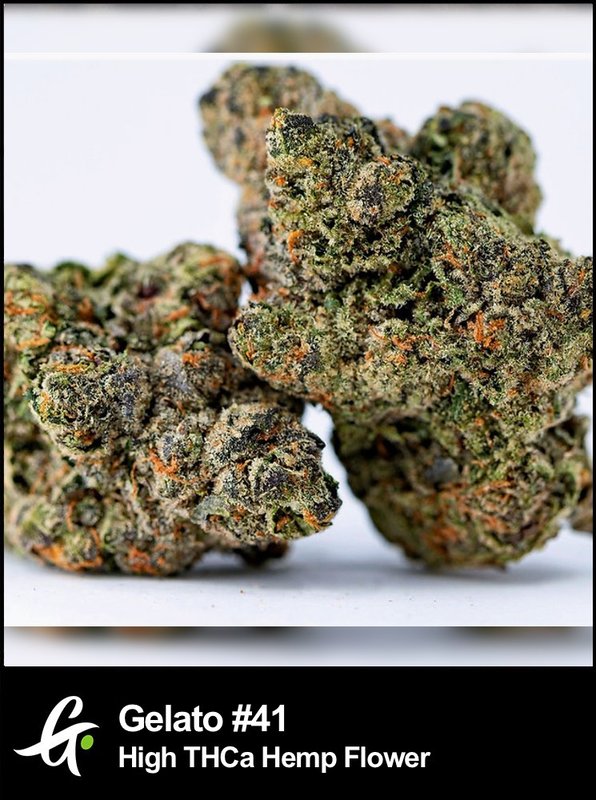Title: “Understanding the Legal Status of Hemp and its Derivatives: A Deep Dive”
In the legal realm, a fine line separates the lawful production and use of hemp from illegal cannabis. In the U.S., this line is drawn based on the presence of Delta-9-tetrahydrocannabinol, a component found in the cannabis plant.
- Statutory Basis: The 2018 Farm Bill and CSA The distinction stems from the Agriculture Improvement Act of 2018 (commonly known as the 2018 Farm Bill). It amended the Controlled Substances Act (CSA) to exclude hemp from the definition of cannabis. The Farm Bill defines hemp as the plant Cannabis sativa L. and any part of that plant, including the seeds and all derivatives, extracts, isomers, acids, salts, and salts of isomers, whether growing or not, with a delta-9-tetrahydrocannabinol of not more than 0.3 percent on a dry weight basis. Consequently, any Cannabis sativa L. plant or derivative exceeding this limit is classified as cannabis, a Schedule I controlled substance under the CSA.
- DEA’s Interpretation and Public Statements The Drug Enforcement Administration (DEA) has reaffirmed the legal position outlined in the 2018 Farm Bill and CSA through a series of public statements. In a 2021 Town Hall webinar, a DEA representative explicitly stated, “At this time, per the Farm Bill, the only thing that is a controlled substance is delta-9 greater than 0.3% on a dry-weight basis.” In multiple public letters, the DEA has confirmed that substances extracted from the cannabis plant with a delta-9 not exceeding 0.3% on a dry weight basis meet the definition of “hemp” and are not controlled substances under the CSA.
- Case Law: The Ninth Circuit Court’s Opinion The federal Court of Appeals for the Ninth Circuit recently weighed in on this matter in the context of a trademark dispute, noting that “the only statutory metric for distinguishing controlled cannabis from legal hemp is the delta-9 level.”
- The Post-Decarboxylation Test There’s been some confusion surrounding the treatment of delta-9 tetrahydrocannabinolic acid, a compound that can be converted to delta-9 through decarboxylation. Federal law requires a post-decarboxylation test prior to harvesting hemp to account for potential delta-9. However, the DEA has clarified that this test applies only pre-harvest, and no further tests are required post-production. Thus, harvested hemp with a delta-9 below 0.3% remains lawful regardless of any potential conversion.
In conclusion, the legal demarcation between hemp and cannabis rests on the delta-9. Products derived from cannabis containing delta-9 that do not exceed 0.3% by dry weight are classified as lawful hemp under federal law. However, individual states may have their own regulations, and you should be aware of the laws that apply in your specific locale.

